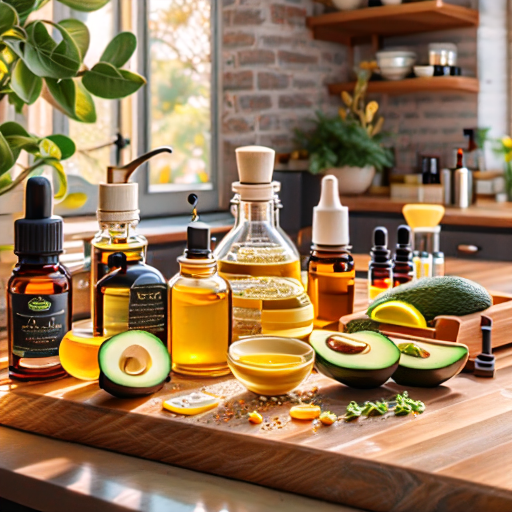Embarking on the DIY skincare journey was like entering a new world of possibilities. The allure of using natural, readily available ingredients was irresistible. It promised a return to simplicity and purity, away from the complexities of commercial skincare products. But as I soon discovered, natural doesn’t always mean simple or foolproof.
The Beginnings: Excitement and Experimentation
My adventure began with enthusiasm. The kitchen transformed into my skincare lab. Everyday ingredients like honey, yogurt, and oatmeal weren’t just for breakfast anymore; they became the key components of homemade face masks. The initial results were encouraging. My skin felt refreshed, and there was a certain satisfaction in using products that were completely natural and self-made.
The Reality Check: Not All that Glitters is Gold
However, the honeymoon phase with DIY skincare was short-lived. I learned that natural ingredients, while beneficial, need to be used wisely. An avocado mask, while nourishing, left my skin feeling too oily. Lemon juice, used for its brightening properties, was too harsh and disrupted my skin’s pH balance. Each misstep was a lesson in understanding that just because an ingredient is natural, doesn’t mean it’s suitable for all skin types or uses.
Understanding Skin Reactions
The biggest challenge in DIY skincare was dealing with unexpected skin reactions. Without the benefit of controlled, lab-tested formulations, each new recipe carried the risk of irritation or allergic reactions. When I tried using essential oils, I learned the hard way about the importance of dilution and patch testing, as some oils can be potent and irritating.
The Balancing Act: Combining DIY with Commercial Products
Gradually, I found a middle ground. I started combining the best of both worlds – the simplicity and natural appeal of DIY skincare with the safety and science-backed effectiveness of commercial products. For instance, I continued to use homemade honey face masks for their soothing properties but relied on clinically proven moisturizers to ensure my skin received the hydration it needed.
Knowledge is Power
This journey taught me the importance of understanding ingredients and their effects on the skin. I spent time researching and learning about different natural ingredients, their benefits, and their potential side effects. This knowledge empowered me to make better choices, whether mixing up a DIY concoction or picking a product off the shelf.
Personalized Skincare
DIY skincare became more than a hobby; it became a personalized skincare experience. I learned to listen to my skin and tailor my creations to its specific needs, depending on the season, my diet, and my lifestyle. This customization is something that off-the-shelf products could never fully offer.
Conclusion: A Worthwhile Journey
My journey through DIY skincare has been a blend of successes, failures, and lots of learning. It has taught me to appreciate the simplicity and efficacy of natural ingredients, while also respecting the science behind commercially produced skincare products. In the end, DIY skincare is more than just mixing ingredients; it’s about understanding your skin and nurturing it with the best of what nature and science have to offer.
